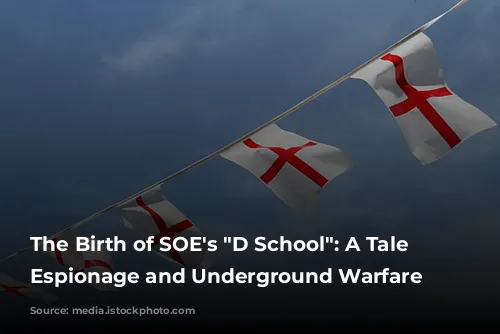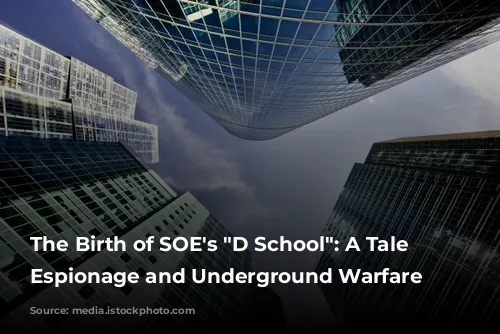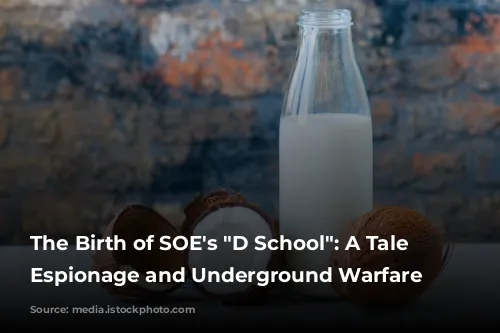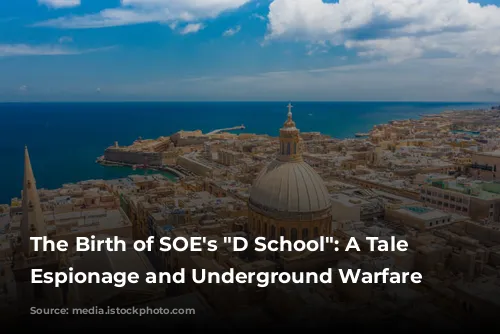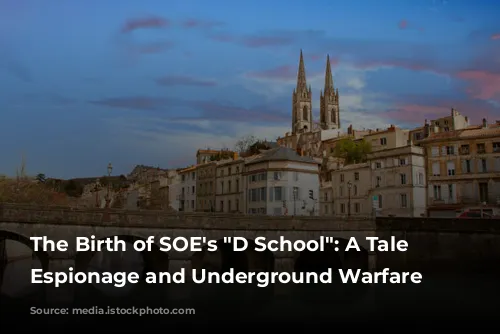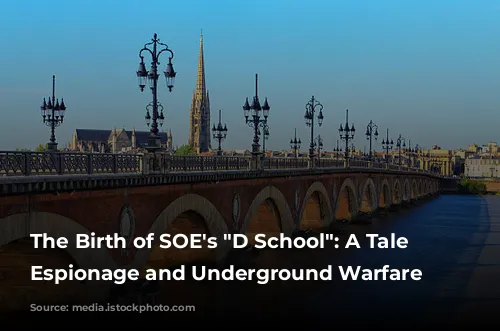The beginning of World War II brought chaos to London, with the constant threat of Luftwaffe bombs. Imagine the fear of staff working in the heart of the city, in St. Ermin’s Hotel, as the bombs fell just yards away. These were the brave men and women who were the driving force behind the Special Operations Executive (SOE), a secret organization dedicated to fighting Nazi occupation across Europe.
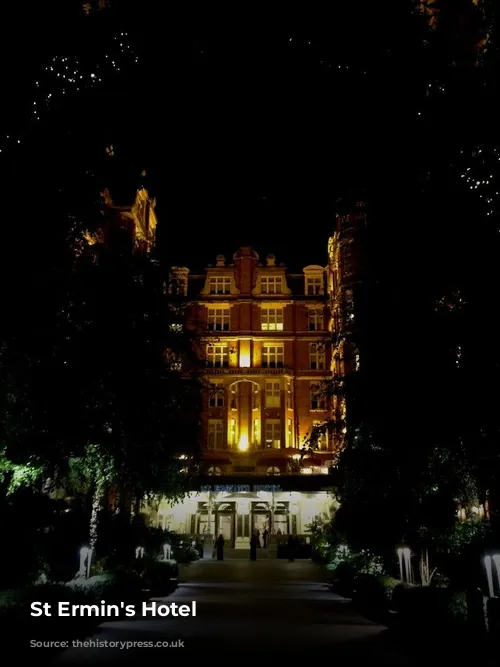
Crafting a Plan for Resistance
The SOE’s goal was ambitious: to spark and sustain resistance movements within occupied territories. They would send highly trained agents to connect with these budding movements, building upon their strength and equipping them with the resources to fight back against the Nazi regime. The key to success was finding the right individuals – those who possessed the skills to operate in the shadows, navigate hostile environments, and establish secure lines of communication back to London. This was a daunting task, with so many unknowns.
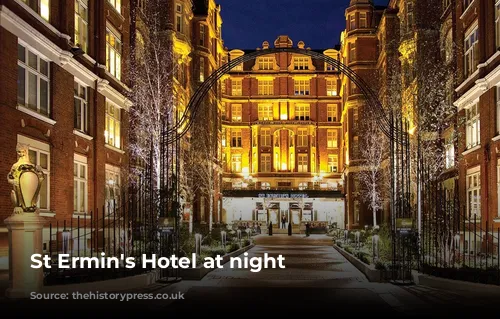
A “Guy Fawkes” College for Espionage
Among the intelligence officers working on this crucial mission was Kim Philby, a man with a secret double life: he was a Soviet spy while working for MI6. One day, Philby bumped into an old friend, Guy Burgess, who had a daring proposal. Burgess, a former BBC employee, envisioned a training school for espionage, a “Guy Fawkes College,” named after the infamous conspirator. The idea was revolutionary, as such a school didn’t exist before. Philby, eager to take on this challenge, meticulously planned the curriculum, considering every detail from selecting trainees to ensuring security and accommodation.

Establishing the “D School”
The school, eventually called the “Inter-Service Experimental Department,” or simply the “D School,” became a key hub for SOE operations. Burgess’s curriculum covered a wide range of topics, from propaganda and subversion to handling explosives and using wireless communication. By mid-1941, the first SOE agents were ready to be deployed, but a new challenge arose. How could the organization channel the growing anti-Nazi sentiment into a coordinated resistance effort?
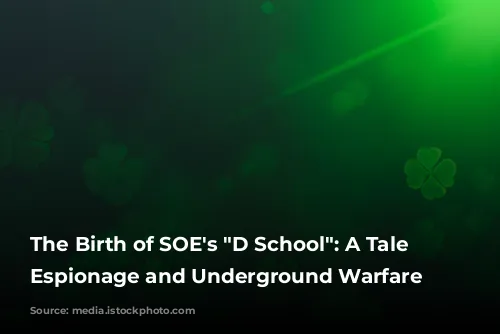
From Disparate Departments to United Action
The SOE was a product of its time, born from a merger of three distinct clandestine departments: the Foreign Office’s propaganda arm, the War Office’s Military Intelligence (Research) Section (MIR), and the Secret Intelligence Service (SIS). Each brought its own methods and objectives to the table. The Foreign Office aimed to spread misinformation, the SIS focused on sabotage and irregular warfare, and the MIR explored the potential of guerrilla warfare.
The initial skepticism from more traditional intelligence agencies like MI6 and the military was understandable. MI6 preferred a stealthier approach, while the military saw SOE’s methods as unorthodox and risky. Despite these differences, the departments eventually found a way to collaborate, with the MIR focusing on traditional military operations while the SIS focused on covert operations – the “unavowable” work, as Churchill put it.
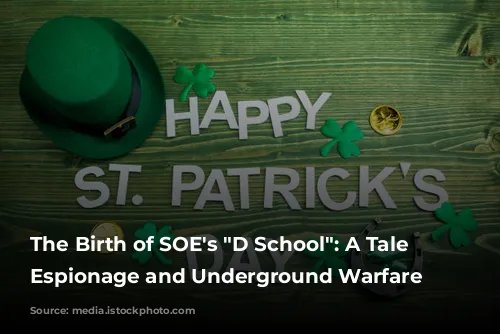
St. Ermin’s Hotel: A Secret Hub for Espionage
As the SOE grew, it needed a new headquarters. The choice fell on St. Ermin’s Hotel, a place that had already become an unofficial gathering spot for the intelligence community. Its location, close to the MI6 headquarters, made it convenient and discreet. This elegant hotel, with its luxurious accommodations and bustling social scene, became the unlikely backdrop for the secret missions of the SOE.

From Humble Beginnings to a Powerful Force
The SOE, initially occupying just a few rooms in the hotel, soon expanded, taking over more space as its operations grew. From this humble beginning, a powerful force was unleashed, shaping the course of the war through its clandestine activities. The agents who trained at the “D School” and went on to work for the SOE, played a crucial role in undermining the Nazi regime, their courage and determination leaving an indelible mark on history.
